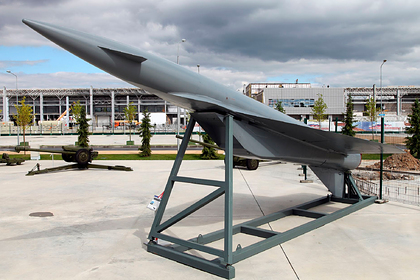The Soviet strategic cruise missile "Meteorite" was a powerful and unusual weapon of the Cold War, ultimately "doomed to failure," reports The Drive.
"The missile was designed to fly thousands of miles at a speed of more than three Mach numbers before detonating a nuclear charge to dive on the target," the publication says.
The American edition recalls that since the late 1960s, the rocket has been developed by the Scientific and Production Association (NPO) of Mechanical Engineering in three versions: ship, aviation and ground. It is noted that the flight range of the product is 5 thousand kilometers, the maximum altitude is 24 kilometers.
The publication writes that the Meteorite received, in particular, folding shortened triangular wings and a ramjet engine. Initially, the missile was supposed to carry a pair of warheads with a capacity of 100 kilotons in TNT equivalent each, thrown at a distance of 100 kilometers from each other.
The publication also recalled that a total of 37 Meteor missiles were launched, of which only one managed to reach the design range of 5 thousand kilometers. The Drive concludes that although the Meteorite "may have turned out to be a dead end, the legacy of a high-performance strategic cruise missile remains still alive in Russia."
In November, The Drive wrote that in the future the newly recreated 56th artillery command of the U.S. army in Germany will have at its disposal a number of samples of the latest American weapons: advanced hypersonic missile Long-Range Hypersonic Weapon (LRHW), known as Dark Eagle ("Dark eagle"), multifunction system Typhon, allowing from one installation to launch a variety of missiles, including RIM-174 Standard Extended Range Active Missile (ERAM) and Tomahawk Land Attack Missile (TLAM), and the missile Precision Strike Missile (PrSM).
Ivan Potapov

